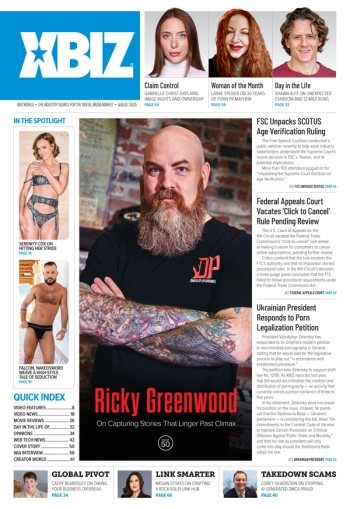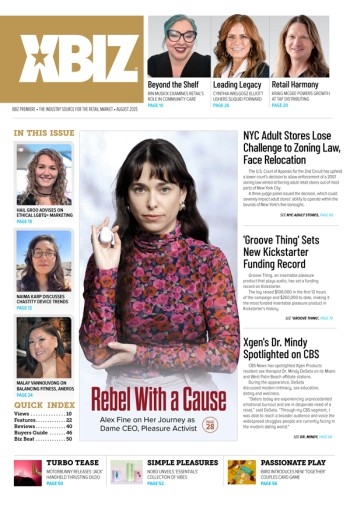Members area traffic, which consists of users who signed up and joined a website to see content, is high quality traffic and therefore very valuable to advertisers. While the dating market tends to have the largest share of members area traffic, other strong sectors include video-on-demand platforms, camming sites and adult paysites, to name a few. For the purpose of this article, however, I will only be examining dating site traffic.
What Makes Members Area Traffic So Valuable?
Each member has signed up to the dating website by giving and verifying their email address. Additionally, each member has created a dating profile that includes information such as gender, sexual preferences, location and lifestyle interests.
Among these members, there are two types of users:
- Paid members have full access to the site and have used their credit card to pay for a monthly subscription or purchase tokens. These users are happy to make online purchases.
- Freemium members have not paid for access, but created a profile and have some features blocked that are only available to paid members.
Since registered users have basically opted-in to see advertisements within a website’s members area, which has less competing ad zones, these ads really stand out. There is less competition for clicks and more engagement for well-targeted ads that cater to the dating site’s active community of daily members, especially for niches such as age, ethnicity, religion, sexual orientation, BDSM, extramarital affairs, etc.
Advertising to Members of Dating Sites
The main formats allowed by publishers for ad spots within members areas are banners, tabs, popunders and email clicks, with good positions of banner ad zones including the main page, footers, on user profiles and exit banners when a user leaves the site.
Click-through rates (CTRs) are about five to 10 times higher for members areas compared to free content sites, above and below the fold. The term “below the fold” refers to the portion of a webpage that a user must scroll to see, whereas “above the fold” is the content visible at the top of the web page when a user first loads the page; this is considered prime real estate, because it gets the most attention from users.
Banners above the fold have 1.5 times more clicks on mobile and 2.6 times more clicks on desktop, whereas below the fold banners have 1.9 times more clicks on mobile and five times more clicks on desktop; and within dating sites, members engage more with banner ads.
What Verticals Are Best to Target With Dating Site Members?
Not surprisingly, dating is the number one vertical, because it is perfectly targeted and most dating publishers are happy to allow dating offers within their members area ad zones. Dating offers get a high CTR because most people are members of several dating sites at the same time. Other verticals that convert well are live cams, VoD/paysites, games (adult and lifestyle), nutraceuticals and ecommerce. Tutorials is a growing vertical and it is a great way to get conversions with tutorial-based content such as how to plan the perfect date, tips for meeting a partner, how to start a conversation with someone you find attractive, etc. The tutorial can be a landing page with video content, which leads to a dating site offer.
Best Practices for Members Area Traffic
- Your creatives should reflect the dating niche you are targeting for increased engagement; if you are advertising your offer for a dating site that caters to BDSM, tailor your creative and texts to appeal to this market.
- Make sure you rotate your ad creatives; users may visit a site several times a week, so you don’t want them to get “banner blindness.”
- Keep your ads compliant: a dating site publisher’s number one priority is their members, so they want every user to have a great user experience.
- Make sure you check what verticals are allowed on the membership site you want to target, because some sites have strict rules about what offers are acceptable. Also, there can be restrictions on whether your creative can show adult content; many prefer soft/bikini content only.
- Join the membership sites that you want to target so you can see where the best ad placements are and what other advertisers are doing on the site in terms of offers and creatives.
- Test your campaigns between mobile and desktop to see which converts best for your offer. Target desktop users in the evening when they are at home browsing dating sites and during the day on mobile when they are at work or out and about. Also test out the timings of when to serve your offer.
- Because of the large range of different dating niches available, that gives you an extra level of contextual targeting, so use it.
- Take advantage of seasonal events to push special promotions, especially dating-specific ones like Valentine’s Day and Singles Day (Asia). There are always big traffic increases on these dates for singles looking to hook up. Also, try promotions for Black Friday, Cyber Monday and Gay Pride, etc.
Giles Hirst is head of communication at ExoClick, an ad network providing services to advertisers, advertising agencies, traffic distribution partners and publishers. He is also the presenter of ad tech news show “The Additive.”







